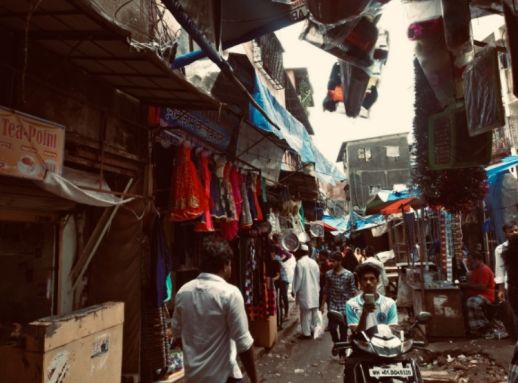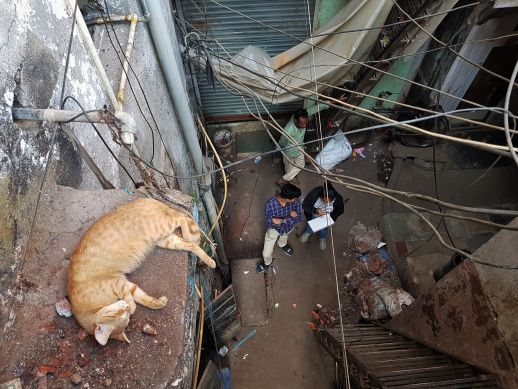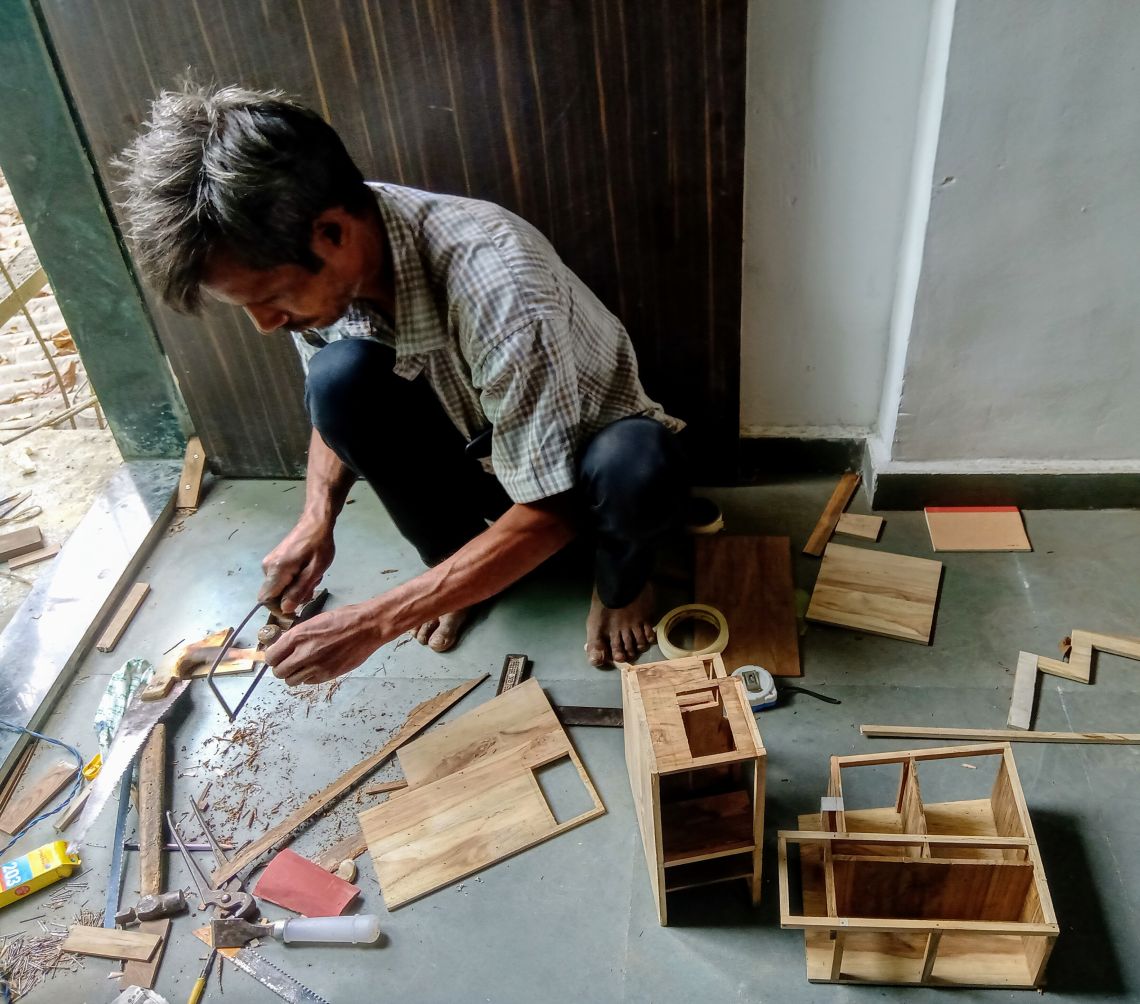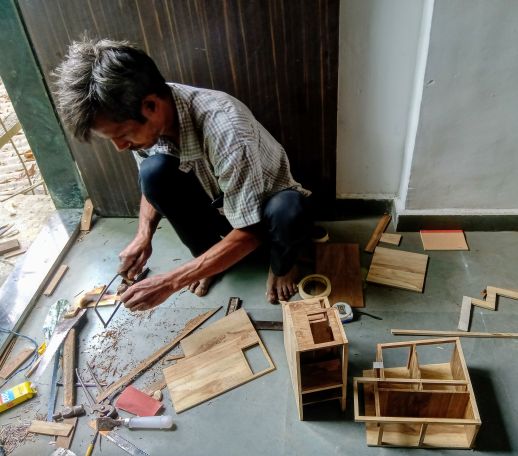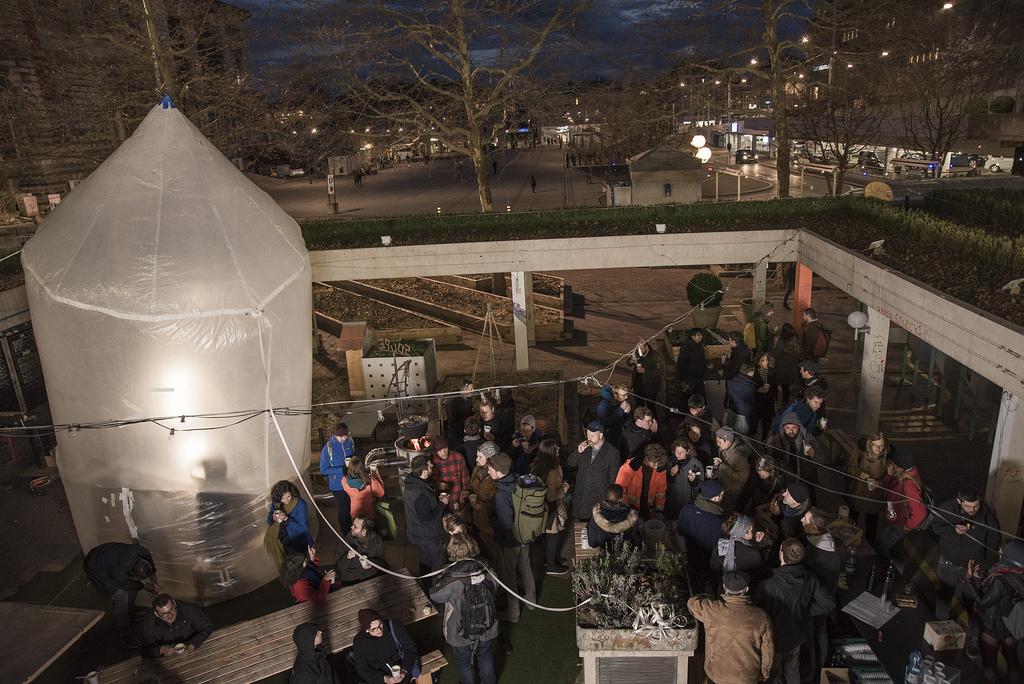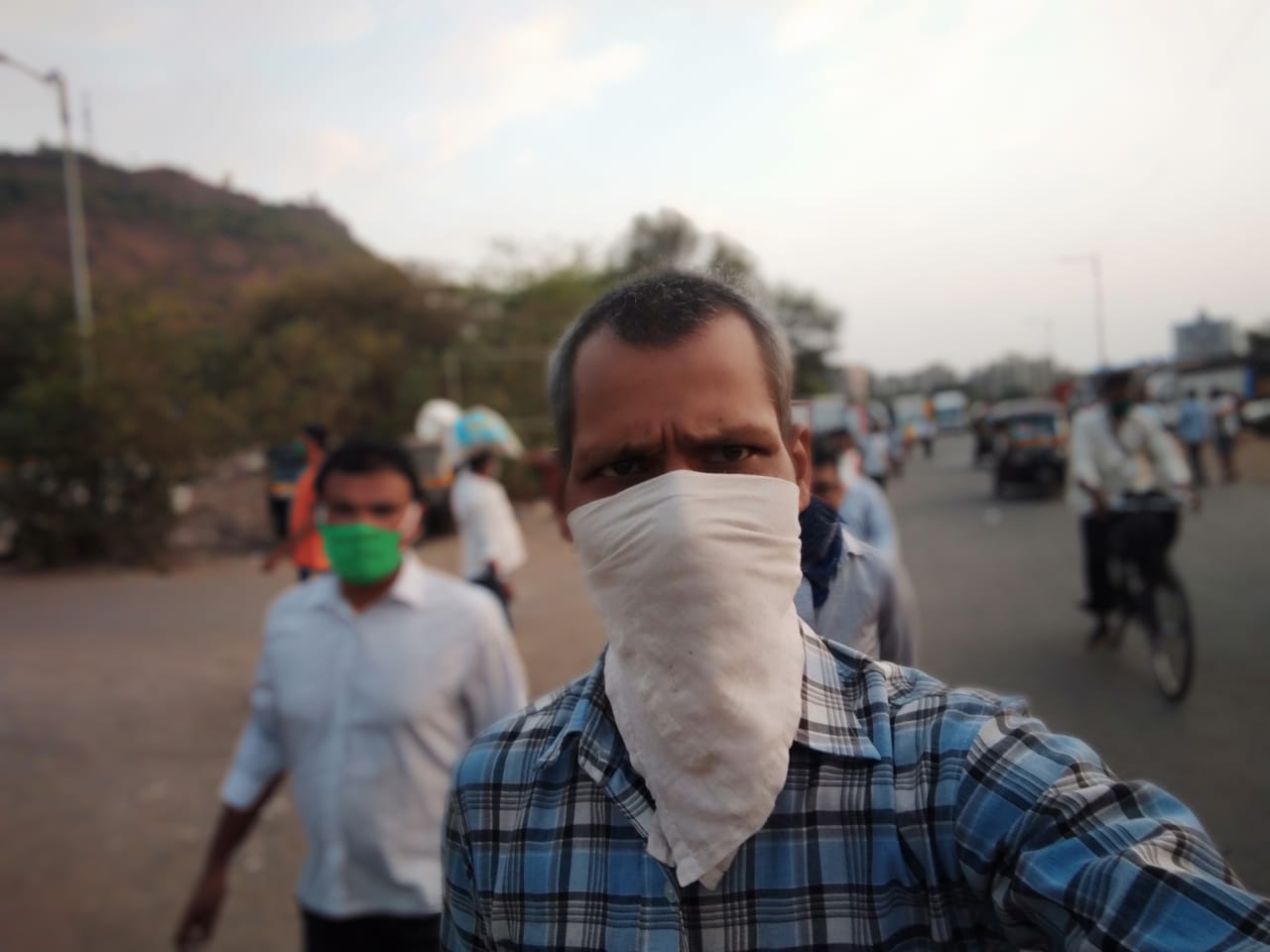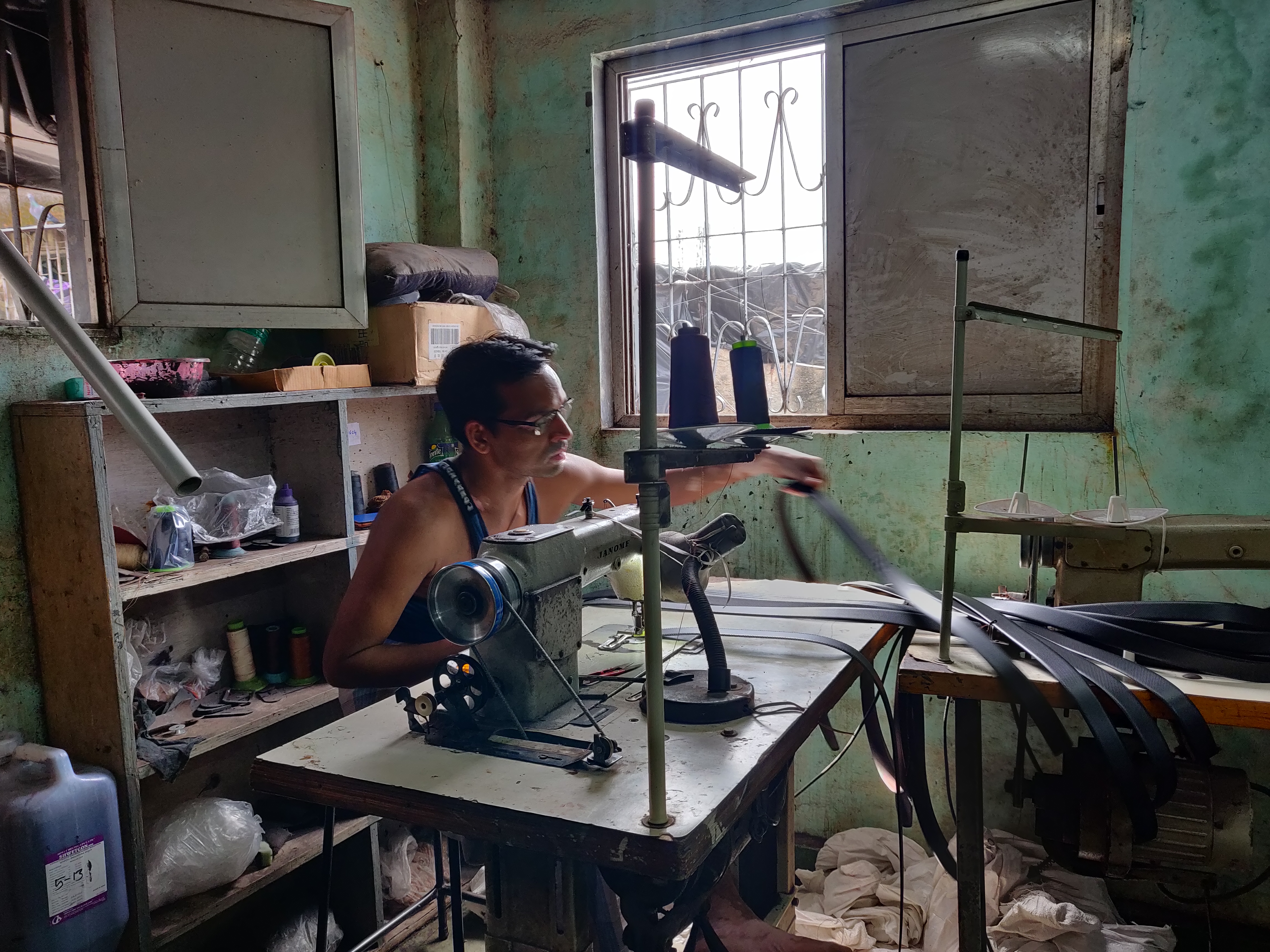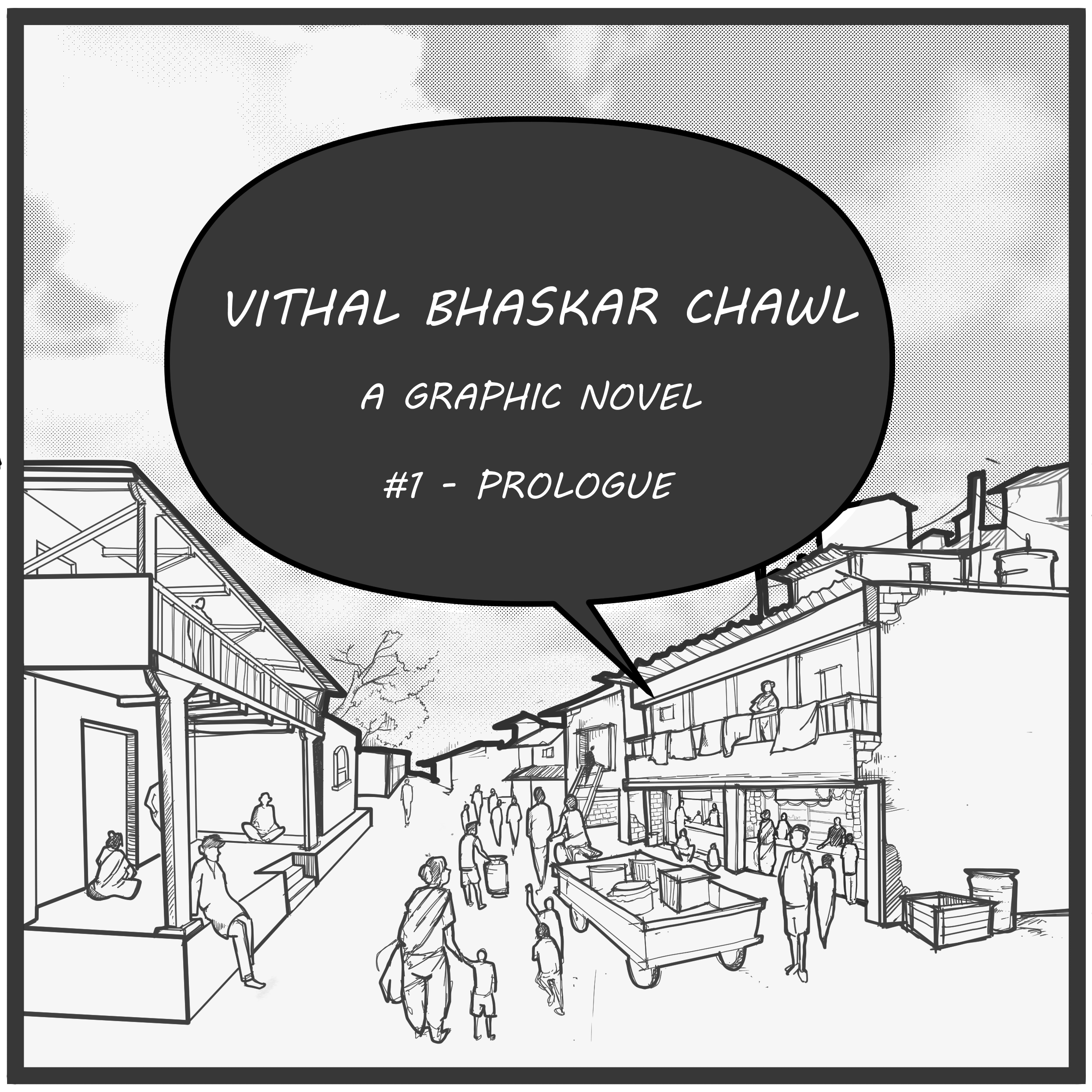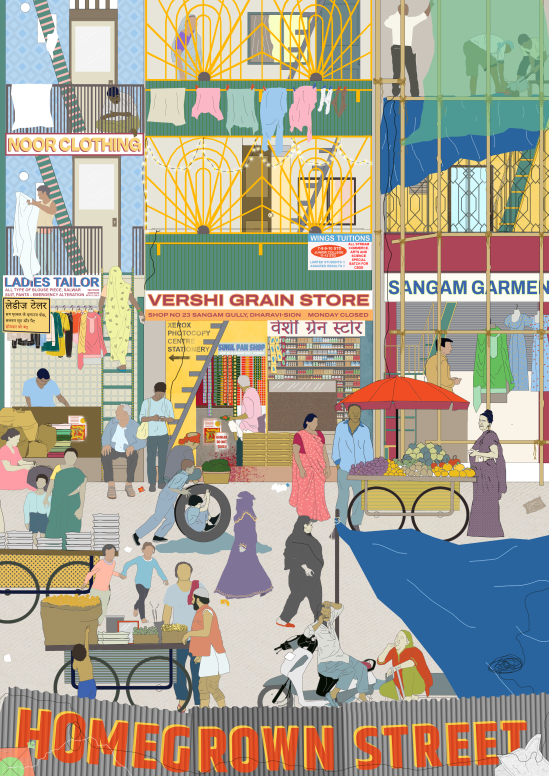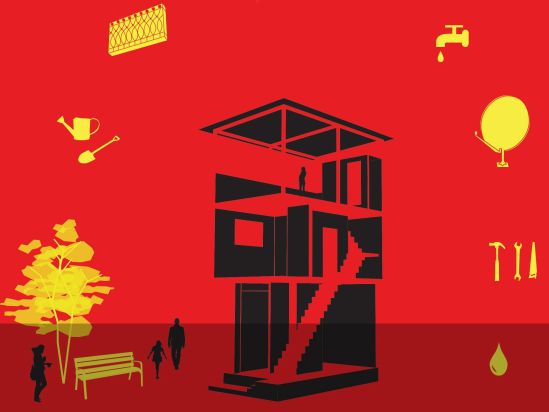Homegrown Street: an update
Homegrown Street: an update
The Homegrown street project had commenced with interviews and spatial documentation of Tool Houses - mixed use homes combining living and work spaces - lining a bustling street in Dharavi called Sangam Gully. We identified several families and entrepreneurs living in Tool-houses and established a relationship with them. This immersion in the life of the resident families of Sangam Gully helped us produce design briefs that tried to capture their aspirations for the future. By mid-February, we had finished the documentation of most of the houses on Sangam Gully. We then shared these design briefs with local building contractors. The contractors proposed new designs for the houses keeping in mind the needs of the residents.
Through further discussions with the families, by mid-March, the house designs were shaping up well. The project was at full speed. We were going to exhibit the first few Homegrown Street models in an exhibition in Europe, between the 22nd - 29th of April. Some of the designs were ready to be turned into scaled models. After trying out combinations of different materials for the models, the artisans and contractors were about to start handcrafting them.
While work continued full swing, we did not imagine that a virus, we had only heard of, would bring our work on this project to a grinding halt. First, the Covid-19 cases started escalating in Europe, gatherings of more than 100 people were canceled and the exhibition was postponed in interest of public safety. In the same week, the first case of COVID-19 was registered in Mumbai. In the face of this crisis, the safety of our team and vast network of collaborators was a growing concern. Restrictions on gatherings and travel were being imposed in the city. Our team faced challenges in meeting and coordinating with Sangam Gully residents, contractors and artisans.
We cannot overemphasise that the strength of the Homegrown Street Project is its participatory approach, based on a rich dialogue with residents, building contractors and artisans. But sadly, we had to hit pause on the project. Finally, on March 24th, a nationwide lockdown was mandated and like all other workplaces, urbz Dharavi had to temporarily shut down.
We quickly adapted to this new situation and started working and coordinating from home on other projects. However social distancing is not conducive to the process of this project. When the task at hand involves making physical models, the use of remote communication technologies is not sufficient. The contractors need to design in real space to get a sense of scale, the artisans add the details to the model while it is being made and have live discussions with the contractors on the look and feel. The communication is as much visual and tactile as it is verbal. For any collaborative design process, it is enriching to have an intuitive, responsive communication, most optimal in person. A fragmented work process is counter-intuitive to the established ways and flows of producing handcrafted work.
In the meanwhile, we got in touch with the artisans and contractors working on the project to try and understand the challenges they are facing. The artisans are accommodating their workers in their workshops. Carpenter and contractor Manoj is not planning to go back to his hometown, Varanasi, anytime soon. “My family in Varanasi is safe and sound and I am able to help them with their daily expenses in order to sustain”. Building contractor Sudhir, is relieved that some of the seasonal laborers on his team reached their homes before the lockdown as many labourers found themselves trapped, unable to get back to their villages. “The workers want to go back to their villages and be with their families. There is no way they can leave the neighborhood anytime soon”, said Irfan - a plastic recycling workshop owner from Dharavi.
Contractor Joseph, a political figure and deeply embedded in life at Dharavi Koliwada, patrols the neighbourhood daily to look after the food and essential supplies for his neighbours and other residents. He is also taking care of the financial needs of his labour force during the lockdown. Murugan, another building contractor from Dharavi, is anxious about how he will resume his projects after the lockdown - “I might have to hire workers from Dharavi to finish my ongoing project as my migrant workers will take the first train back home once the lockdown is lifted. Understandably, they are not willing to work anymore in these harsh times but I will have to meet the deadlines that I promised my clients.”
While confined in our homes, we rely on regular updates about Dharavi from our colleagues, local contractors and artisan friends. We now know that the residents of Dharavi are self-organizing to cope with the spread of the virus, making the most of their local resources. This is the resilient spirit of Dharavi that is the very essence of the Homegrown Street Project. No one can tell what turn this pandemic will take, but we believe that the people of Dharavi will bounce back. We look forward to resuming work on the project. Until then, we have accepted the limitations of our embedded, collaborative work process and are beginning to think creatively about the future of work at urbz!

